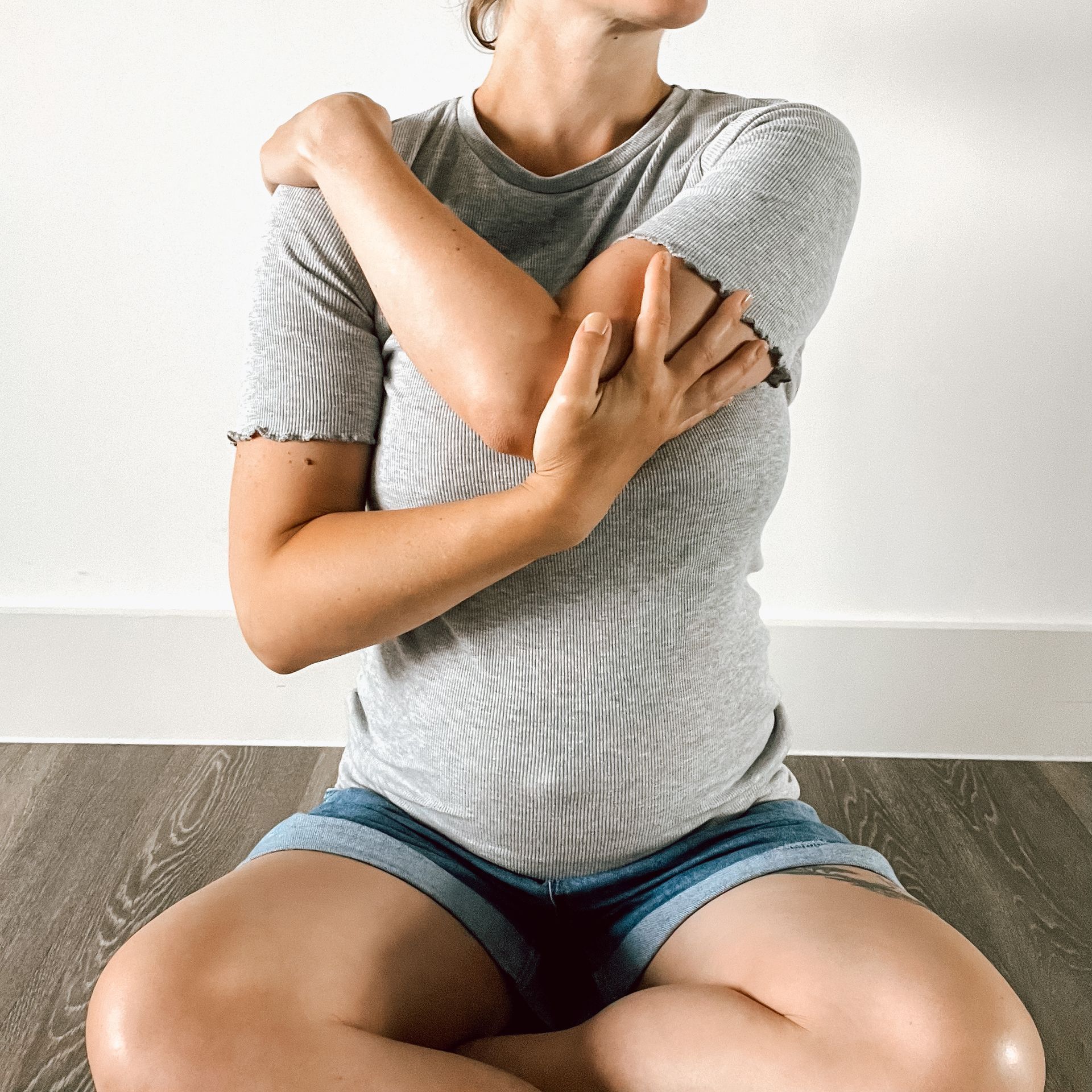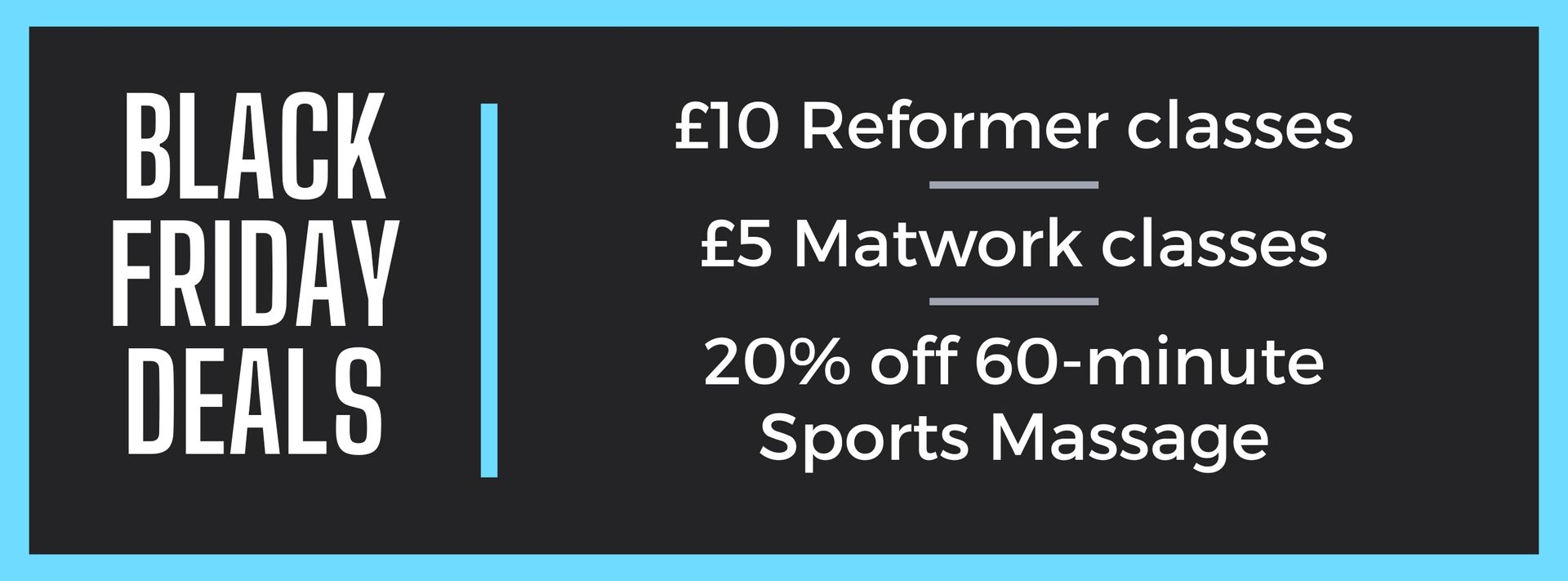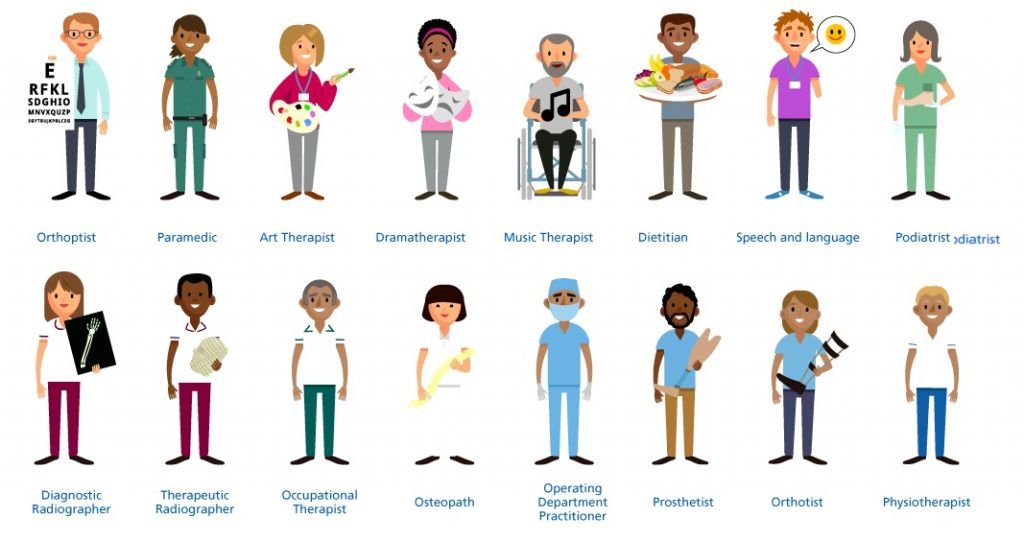5 Stretches To get Fit For Summer
5 Stretches To Get Fit For Summer

Summer is just around the corner, and it's time to get fit and active for those outdoor adventures and beach days. One crucial aspect of preparing your body for summer activities is incorporating stretching into your fitness routine. Stretching helps improve flexibility, prevent injuries, and enhance performance. In this blog post, we will share five essential stretches that will help you get fit and ready for the summer months ahead.
- Hamstring Stretch: Description: The hamstrings are important muscles located at the back of your thighs, and stretching them is crucial for maintaining lower body flexibility. This stretch targets the hamstrings, which can become tight due to prolonged sitting or intense physical activities.
Instructions:
- Start by sitting on the floor with your legs straight in front of you.
- Extend your arms forward and slowly lean forward from your hips, reaching towards your toes.
- Maintain a straight back and avoid rounding your spine.
- Hold the stretch for 20-30 seconds, feeling a gentle pull in the back of your thighs.
- Repeat the stretch 2-3 times on each leg.
- Quadriceps Stretch: Description: The quadriceps are large muscles at the front of your thighs and are actively involved in activities like running, jumping, and cycling. Stretching them helps improve flexibility and prevent muscle imbalances.
Instructions:
- Stand upright with your feet hip-width apart.
- Lift your right foot towards your glutes by bending your knee.
- Grab your right ankle with your right hand and gently pull your foot towards your glutes.
- Ensure that your knees are close together and your standing leg remains straight.
- Hold the stretch for 20-30 seconds and repeat on the other leg.
- Perform 2-3 repetitions on each leg.
- Chest Stretch: Description: Sitting for prolonged periods and engaging in activities that involve forward shoulder movements can lead to tight chest muscles. This stretch helps counteract the effects of poor posture, opens up the chest, and improves upper body flexibility.
Instructions:
- Stand tall with your feet shoulder-width apart.
- Interlace your fingers behind your back, palms facing inwards.
- Straighten your arms and gently lift them away from your body.
- Feel a stretch across your chest and shoulders.
- Hold the stretch for 20-30 seconds and repeat 2-3 times.
- Hip Flexor Stretch: Description: The hip flexors play a vital role in movements like walking, running, and cycling. Sitting for extended periods can cause them to become tight, leading to discomfort and reduced range of motion. Stretching the hip flexors helps alleviate tightness and improve hip mobility.
Instructions:
- Start in a lunge position with your right foot forward and left knee on the ground.
- Keeping your upper body upright, gently press your hips forward until you feel a stretch in the front of your left hip.
- Hold the stretch for 20-30 seconds and repeat on the other side.
- Perform 2-3 repetitions on each side.
- Calf Stretch: Description: Strong and flexible calf muscles are essential for activities like walking, running, and jumping. This stretch targets the calf muscles and helps prevent common lower leg injuries like calf strains and Achilles tendonitis.
Instructions:
- Stand facing a wall, placing your hands on the wall for support.
- Take a step back with your right foot, keeping your heel on the ground.
- Bend your left knee and lean forward, maintaining a straight back.
- Feel a stretch in your right calf.
- Hold the stretch for 20-30 seconds and repeat on the other leg.
- Perform 2-3 repetitions on each leg.
Incorporate these five stretches into your fitness routine to get fit for summer and enhance your overall flexibility. Remember, consistency is key! Aim to perform these stretches at least three times a week to experience the full benefits. As always, listen to your body and modify the stretches if needed to avoid any discomfort or pain.



